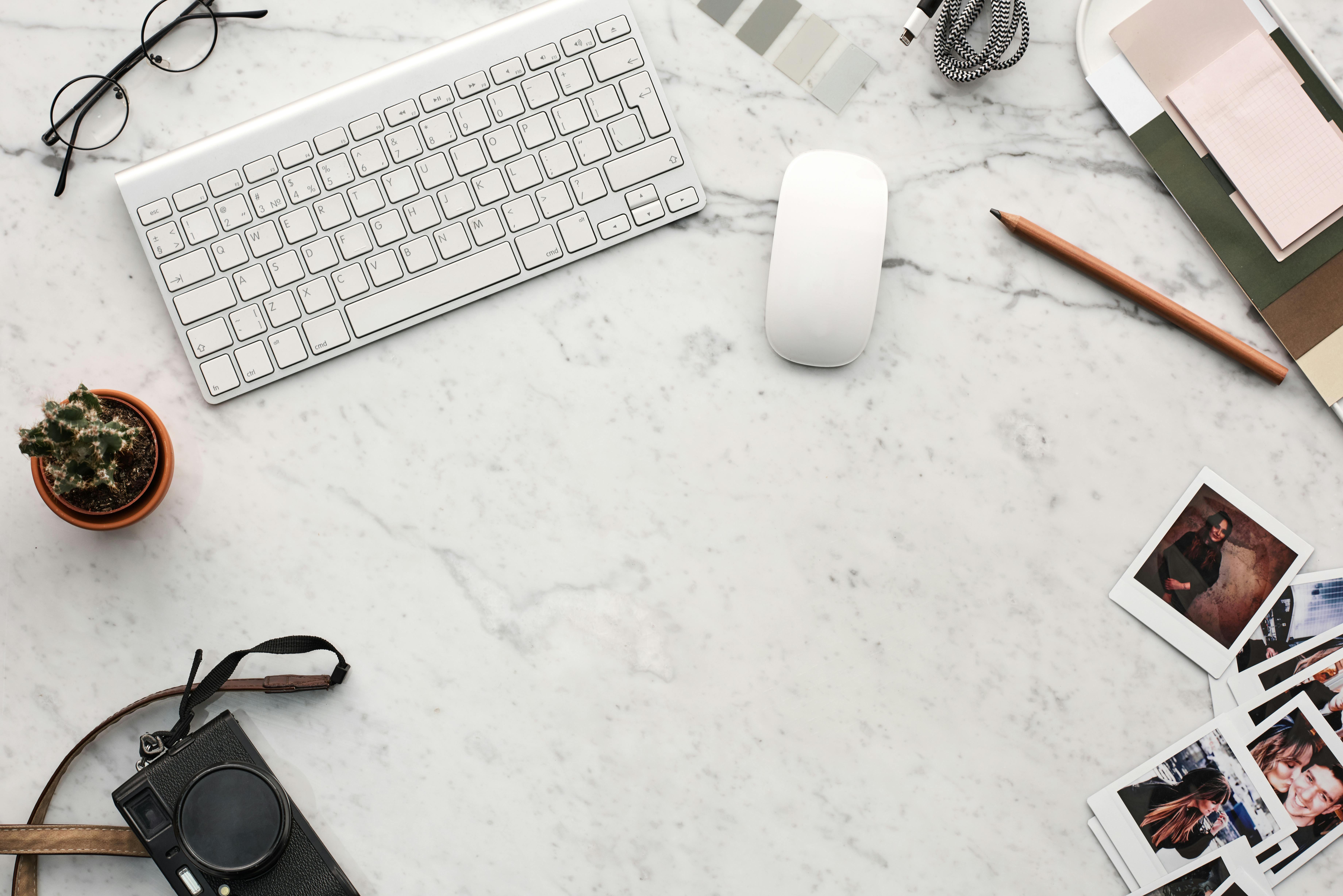Draw from photos without using a grid (or any other visual aid)
The ultimate ambition of any portrait painter should be to draw portraits by eye, without using visual aids or shortcuts. There are a large number of books on the subject, and they all suggest a slightly different approach. We all develop our own techniques, but a while ago I set out to do an exhaustive study of all the various methods that different artists use, to take the most practical advice from all of them and organize them into a neat and structured system that can be used. as a step-by-step formula to reliably capture a person’s likeness.
Much is made of the ‘standard proportions’ of the face of man, woman, girl and boy. These are a very useful guide and should certainly be kept in mind, but they are only useful up to a point because, of course, what makes a portrait recognizable are the ways in which a person’s face is unique. Getting the measure of these individual characteristics requires a system that records exactly what you see and also provides you with several ways to check and cross-reference that information to make sure you have it absolutely correct. The most reliable technique we have for accurately plotting the position of points in relation to other points is ‘triangulation’, which was first used by ancient Egyptians to make maps and is still used today by Global Positioning Systems. that use satellites to give us our information. position on the ground a few centimeters. Interestingly, it is hardly mentioned in any of the most widely read books on portrait drawing. What a waste!
Let’s say you start your portrait by measuring the angle between the bottom of the ears. Then you would draw a faint line on your paper at this angle. At this point, you can position the bottom of the ears in any two positions on this line, and doing so will determine the size of the portrait. Now suppose you want to find the position of the chin ‘point’. Just find the angle from the earlobe to the tip of the chin and mark that line faintly on your drawing. When you repeat this from the other earlobe, the point where it crosses the first line is the exact position of the chin point. Each time you add a new reference point to your drawing, you increase your choice of reference points that are available to triangulate further.
This gives you a very reliable way to build an accurate frame for your drawing, working by eye only. I think the most effective approach is to use this technique to build the contour. Once you have the outline / ‘arabesque’ drawn precisely, you can effectively give an exact grid reference to any point within it. Any position you need to place in your drawing can be accurately plotted vertically below a specific point on the outline, vertically above another point on the outline, and leveled with one point on each side. Of course, this sounds like a terribly clinical approach to take with a portrait, but what you’re doing is training your eye to see these relationships instinctively. Actually, you won’t formally go through this routine in such a cut and dry way more than a few times before you begin to relax and read the forms much more fluently. What this system does is give you a very structured way to train yourself to read a face like a portrait painter.
